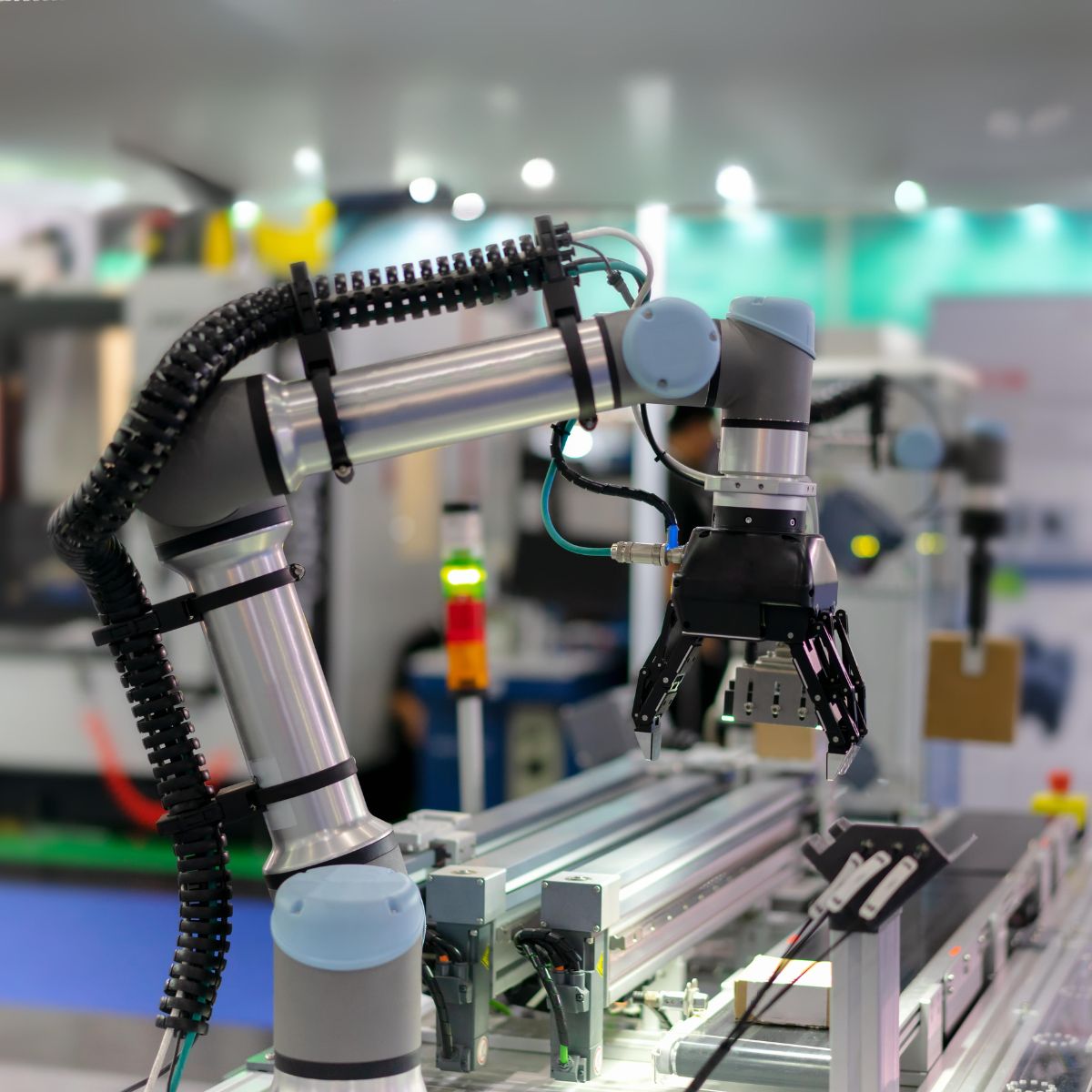In manufacturing, efficiency has always been a key driver of success. With the advent of robotics and automation, a new paradigm known as “lights-out” manufacturing has emerged, promising unprecedented levels of productivity and cost-effectiveness. This revolutionary approach to production is transforming industries worldwide, offering a glimpse into the future of manufacturing.
To achieve lights-out manufacturing, it’s imperative to automate each facet of the production process. Manufacturers embracing this approach typically rely on a comprehensive tech stack that includes machine vision, robotics, industrial automation, cloud-based data solutions, machine learning algorithms, etc.
What is Lights Out Manufacturing?
Lights-out manufacturing, as the name suggests, refers to a production process that operates without human intervention, often for extended periods, even 24/7. In such facilities, advanced robotic systems and automated machinery handle all aspects of the manufacturing process, from assembly to quality control, with minimal to zero human involvement. The term “lights-out” originates from the idea that the facility can operate in complete darkness since there are no human workers present.
Advantages of Lights Out Manufacturing
The allure of lights-out manufacturing lies in its numerous advantages. First, it drastically reduces labor costs associated with traditional manufacturing processes. By eliminating the need for human workers, companies can save significant amounts on wages, benefits, and other related expenses. Moreover, robots can work tirelessly without breaks or fatigue, leading to higher levels of productivity and output consistency. This 24/7 operation allows companies to meet increasing demand and tight deadlines efficiently.
Additionally, lights-out manufacturing improves product quality and precision. Robots are programmed to perform tasks with pinpoint accuracy, minimizing errors and defects in the final product. With consistent production standards, companies can ensure customer satisfaction and uphold their reputation for delivering high-quality goods. Furthermore, automation reduces the risk of workplace accidents and injuries, creating a safer working environment for employees.
Furthermore, lights-out manufacturing enables companies to streamline their operations and optimize resource utilization. With automated processes, manufacturers can minimize material waste, energy consumption, and downtime, leading to improved efficiency and sustainability. By leveraging data analytics and predictive maintenance, companies can identify potential issues before they escalate, thus maximizing equipment uptime and reducing maintenance costs.
Challenges of Lights Out Manufacturing
Despite its undeniable benefits, lights-out manufacturing also poses several challenges and limitations. One major concern is the initial investment required to implement automated systems. The upfront costs associated with purchasing and installing robotics and automation technology can be substantial, especially for small and medium-sized enterprises (SMEs). Additionally, integrating these systems into existing infrastructure may require significant reconfiguration and upgrades, further adding to the expense.
Another challenge is the potential for job displacement and workforce disruption. While lights-out manufacturing offers unparalleled efficiency, it also reduces the need for human labor, raising concerns about unemployment and socioeconomic inequality. As companies embrace automation, they must prioritize re-skilling and training programs to ensure that workers can transition to new roles that complement automated processes.
Moreover, lights-out manufacturing is not suitable for all industries or production tasks. Certain manufacturing processes may require human intervention for complex decision-making, problem-solving, or customization. Additionally, highly regulated industries such as pharmaceuticals or aerospace may face stringent compliance requirements that necessitate human oversight throughout the production process.
Summary
Lights-out manufacturing represents a transformative shift in the manufacturing landscape, promising unparalleled efficiency, productivity, and quality. By leveraging robotics and automation, companies can optimize their operations, reduce costs, and stay competitive in an increasingly globalized market. However, realizing the full potential of lights-out manufacturing requires careful planning, investment, and consideration of its implications on the workforce. As technology continues to evolve, the journey towards lights-out manufacturing is poised to revolutionize industries and reshape the future of production.
